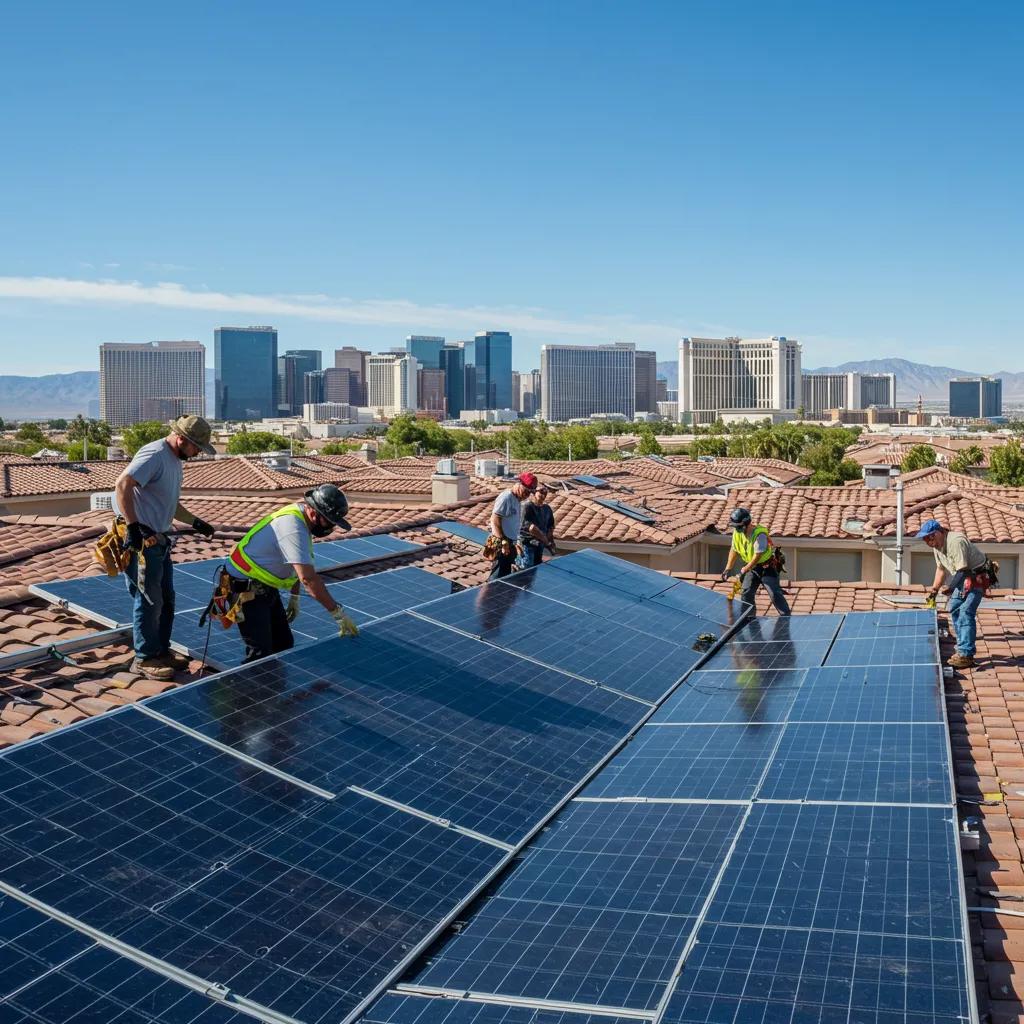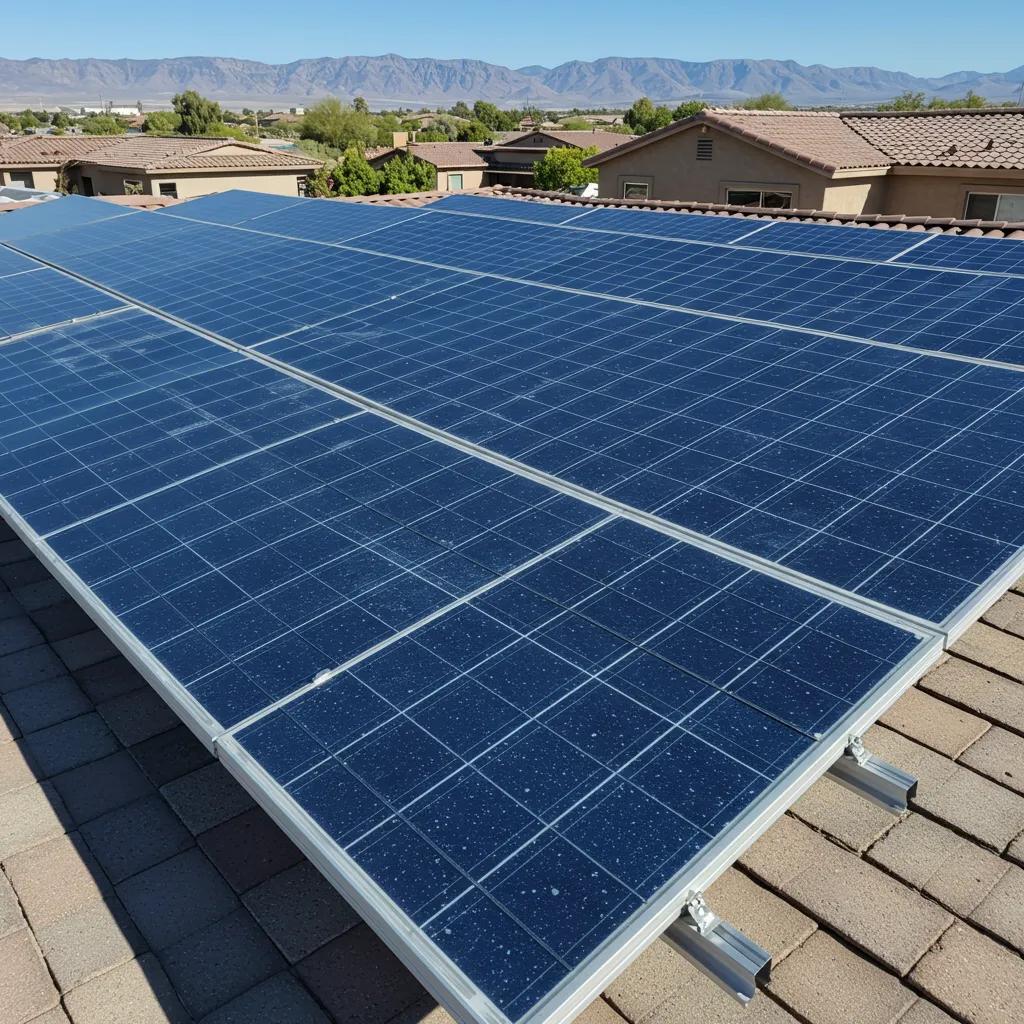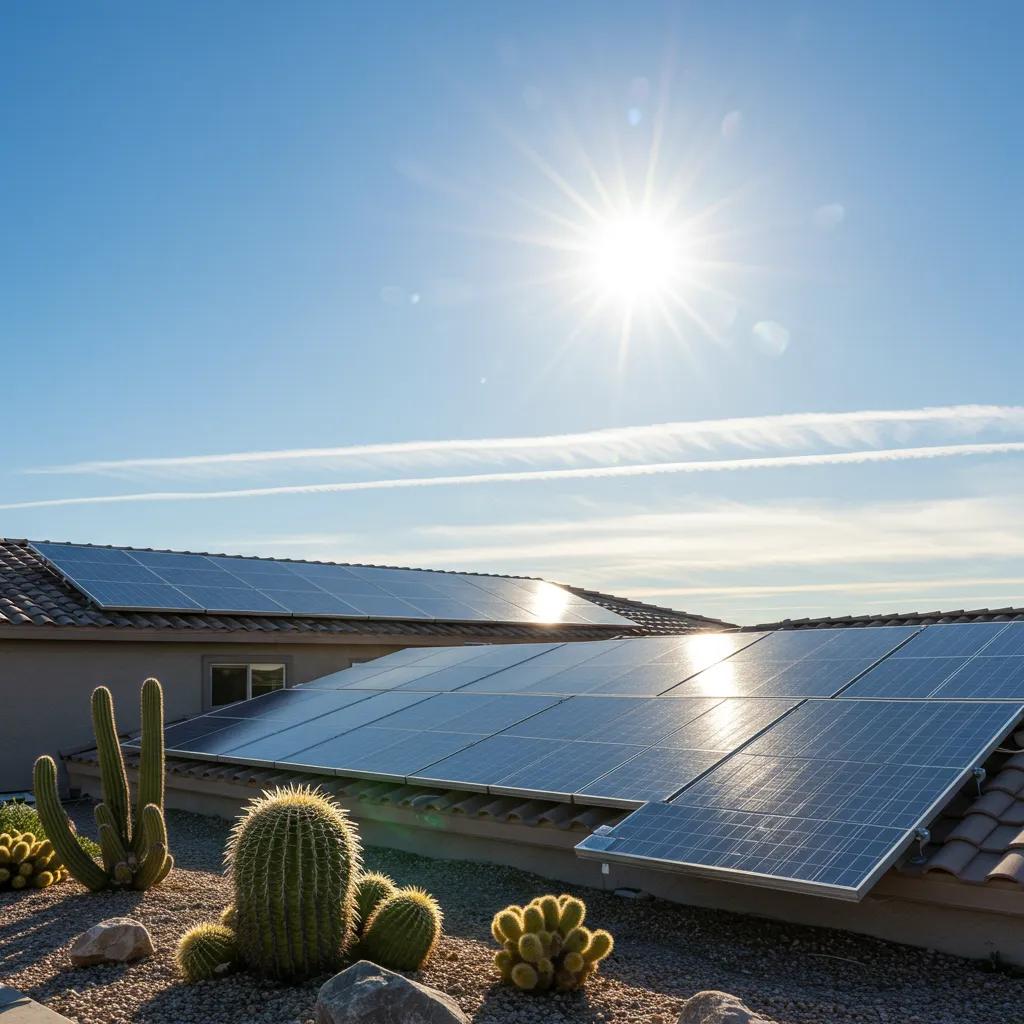How to read your new net meter for your home after solar panel installation
Reading a net meter for solar energy meters is a fundamental skill for solar panel owners engaged in net metering. With a clear understanding of the basic components, real-time data, total energy generated, net balance, and directional indicators, users can harness the full potential of their solar systems.
Regular monitoring, coupled with adherence to best practices, empowers individuals to make informed decisions, optimize energy consumption, and reap the financial and environmental benefits of solar power. As the world embraces sustainable energy solutions, mastering the art of reading a net meter becomes an essential step towards a greener and more energy-efficient future.
In the dynamic landscape of renewable energy, solar power has emerged as a promising and sustainable solution to meet our growing energy needs. For those who have embraced solar technology, understanding how to read a net meter is crucial. Net meters play a pivotal role in monitoring the electricity generated by solar panels and the energy consumed from the grid. In this comprehensive guide, we will delve into the intricacies of reading a net meter for solar energy meters.
Understanding the Basics:
A net meter is a specialized device designed to measure the flow of electricity in two directions—into and out of a solar-powered system. Its primary function is to track the energy produced by solar panels and the electricity consumed from the grid. This bidirectional measurement is fundamental to the concept of net metering, a billing arrangement that credits solar panel owners for the excess electricity they feed back into the grid.
Components of a Net Meter:
Before diving into the reading process, it’s essential to familiarize yourself with the key components of a net meter. Most net meters display information such as real-time energy production, total energy generated, and the net balance between consumption and generation. Additionally, there may be indicators for current direction, helping users identify whether energy is flowing into or out of the grid.
Reading Real-Time Energy Production:
Modern net meters often feature a real-time display of energy production. This instantaneous feedback allows users to gauge the efficiency of their solar panels under current weather and sunlight conditions. To read this data, observe the display for kilowatt-hours (kWh) or watts (W) generated. This information provides insights into the system’s performance and helps users optimize their energy consumption patterns.
Tracking Total Energy Generated:
One of the key metrics displayed on a net meter is the total energy generated by the solar panels since installation. This cumulative figure is expressed in kilowatt-hours (kWh) and serves as a comprehensive measure of the system’s overall output. Regularly monitoring this value allows users to assess the long-term performance of their solar installation and track its environmental impact in terms of reduced carbon emissions.
Calculating Net Balance:
The net balance is a critical aspect of net metering, representing the difference between energy consumed from the grid and energy fed back into the grid. To calculate the net balance, subtract the total energy consumed from the total energy generated. A positive balance indicates that the solar system has generated more electricity than consumed, resulting in potential credits or reduced future electricity bills.
Interpreting Directional Indicators:
Directional indicators on a net meter reveal the flow of electricity. When solar panels generate more electricity than the premises consume, the excess energy is directed back into the grid, often leading to a credit on the user’s account. Conversely, when energy consumption exceeds solar generation, electricity is drawn from the grid, resulting in a traditional billing scenario.
Best Practices for Reading a Net Meter:
- Regular Check-ups: Make it a habit to check your net meter regularly. This not only keeps you informed about your solar system’s performance but also helps you identify any issues promptly.
- Understanding Tariffs and Policies: Familiarize yourself with local energy tariffs and net metering policies. This knowledge is crucial for interpreting your net meter readings accurately and understanding the financial implications.
- Recording Readings: Maintain a record of your net meter readings over time. This historical data can be valuable for assessing trends, identifying seasonal variations, and optimizing energy consumption habits.
- Seeking Professional Assistance: If you encounter challenges in understanding your net meter or interpreting readings, don’t hesitate to seek assistance from solar professionals or your utility provider. They can offer guidance and address any concerns you may have.



